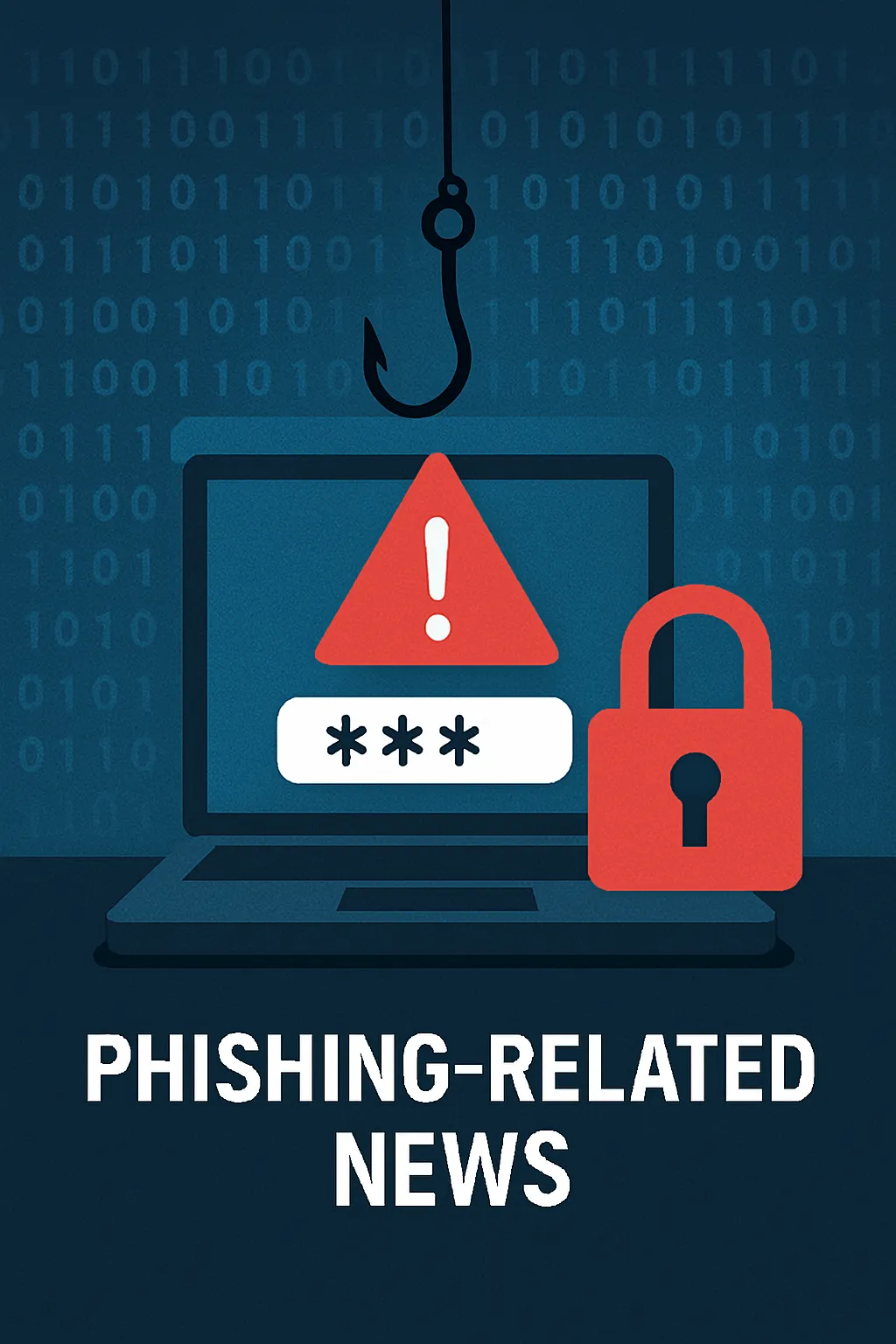Understanding and Protecting Against Modern Phishing and Scam Tactics
Welcome to the ever-evolving world of cybersecurity, where the battle between digital defenses and cyber threats continues to escalate. This blog post aims to demystify the latest phishing scams and provide actionable strategies to protect yourself.
What is Phishing?
Phishing is a cyber attack that uses disguised email as a weapon. The goal is to trick the email recipient into believing that the message is something they want or need — a request from their bank, for instance, or a note from someone in their company — and to click a link or download an attachment.
The Rise of Sophisticated Phishing Scams
According to a recent report by Apple News, phishing scams are becoming more sophisticated, with techniques like typosquatting seeing a resurgence. Typosquatting involves registering misspelled domain names to catch unwary visitors who make typing errors.
AI-Enhanced Phishing
Further complicating matters, AI-driven phishing attacks have skyrocketed, with an alarming 617% increase in Latin America as reported by Mexico Business News. AI technologies enable scammers to create more convincing fake websites and emails at a rapid pace, making them harder to detect.
Common Types of Phishing Scams
Phishing scams can take many forms, but some common types include:
- Deceptive Phishing
- Spear Phishing
- CEO Fraud
- Pharming
How to Protect Yourself
Protecting yourself from phishing starts with recognizing common signs such as generic greetings, spelling errors, and unexpected attachments. Here are other key strategies:
- Double-check email addresses and URLs before interacting.
- Use robust antivirus software and keep it updated.
- Be cautious with emails demanding urgent action.
Learning from Real-world Scenarios
During the CrowdStrike outage, many phishing attacks were observed. According to TIME magazine, users were advised to avoid downloading software from unknown sources, highlighting the importance of vigilance during IT breakdowns (source).
Conclusion
As cyber threats evolve, so must our defenses. Understanding the mechanisms of phishing and implementing robust security measures can significantly reduce your risk. Stay informed and stay secure!

